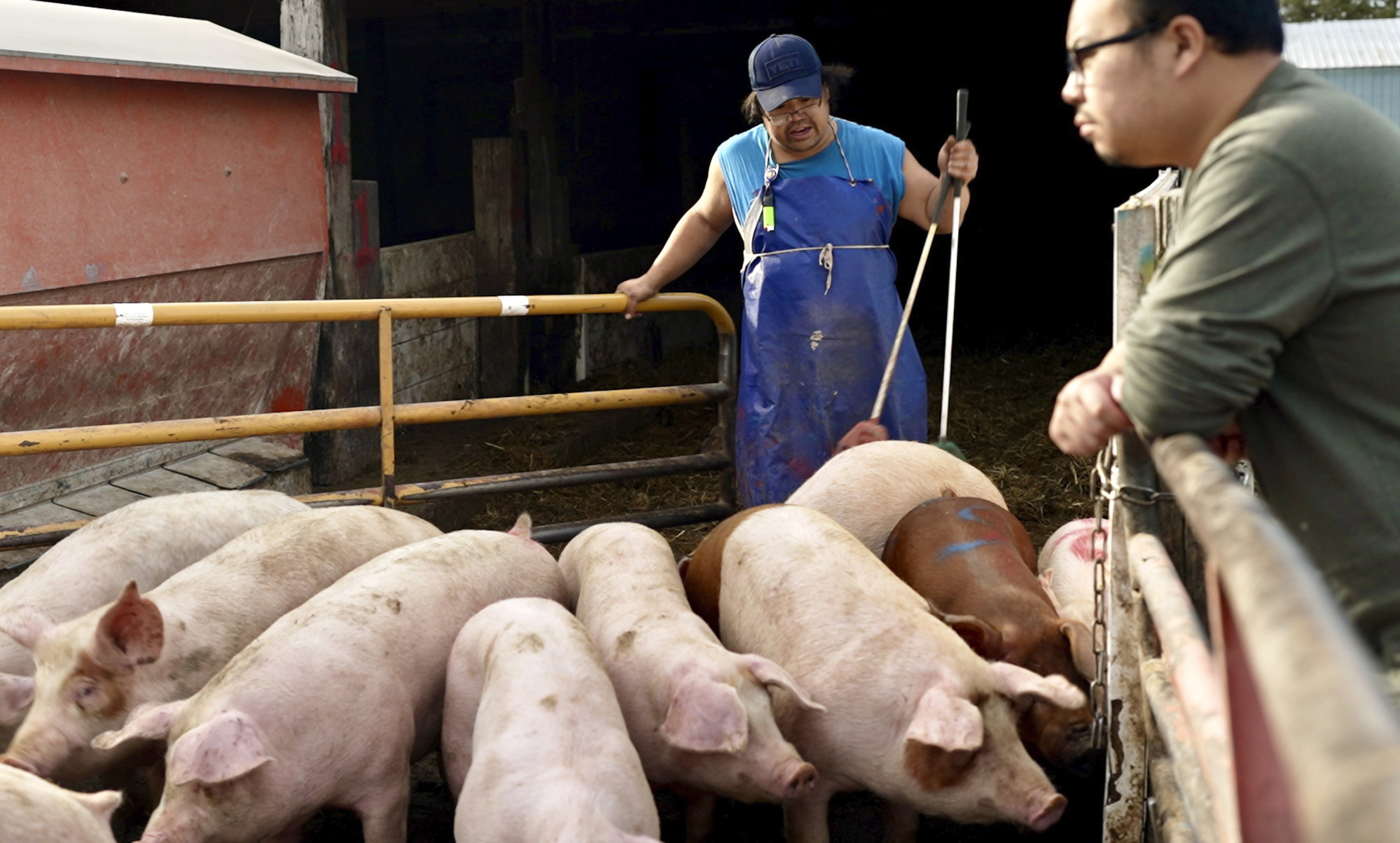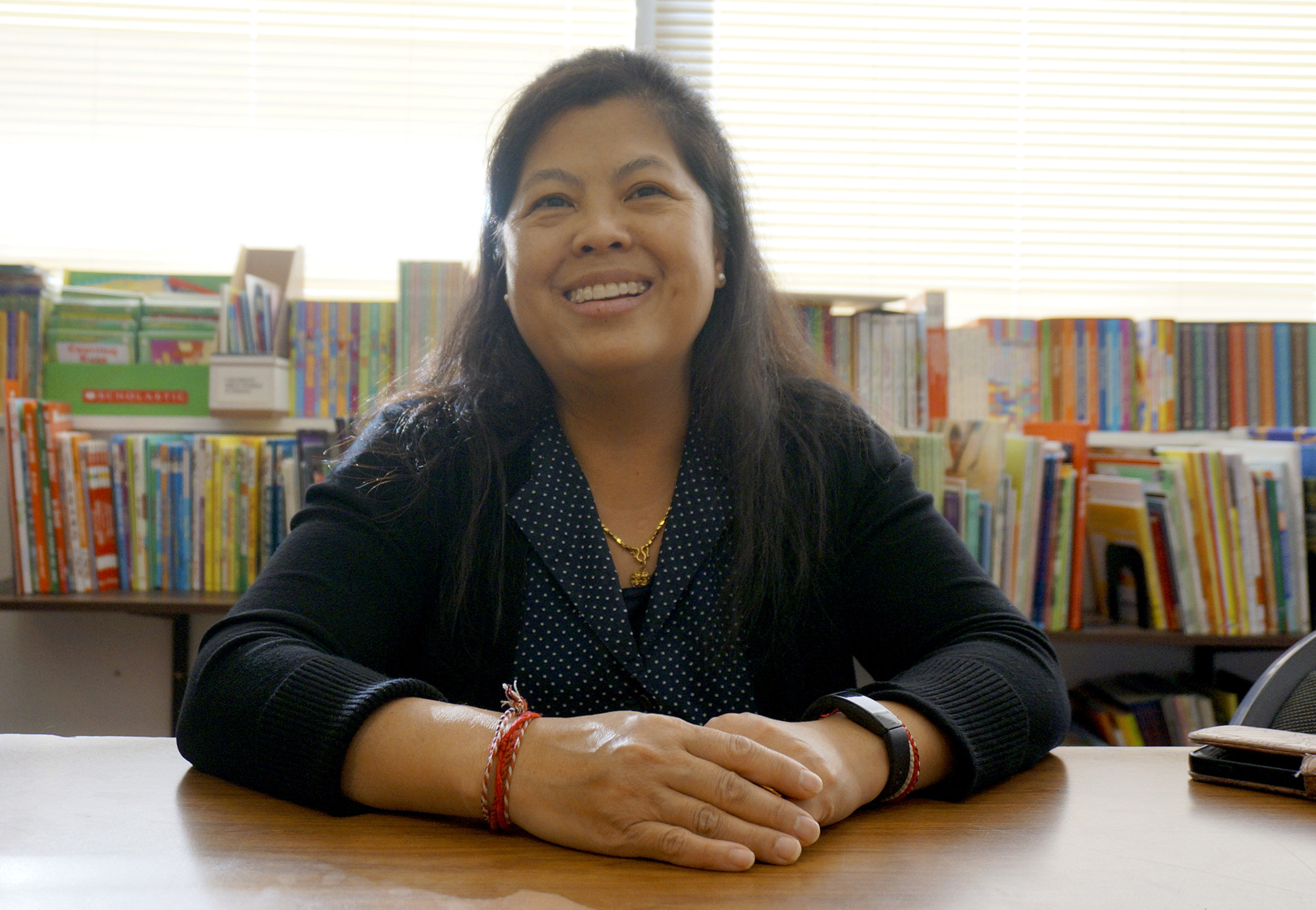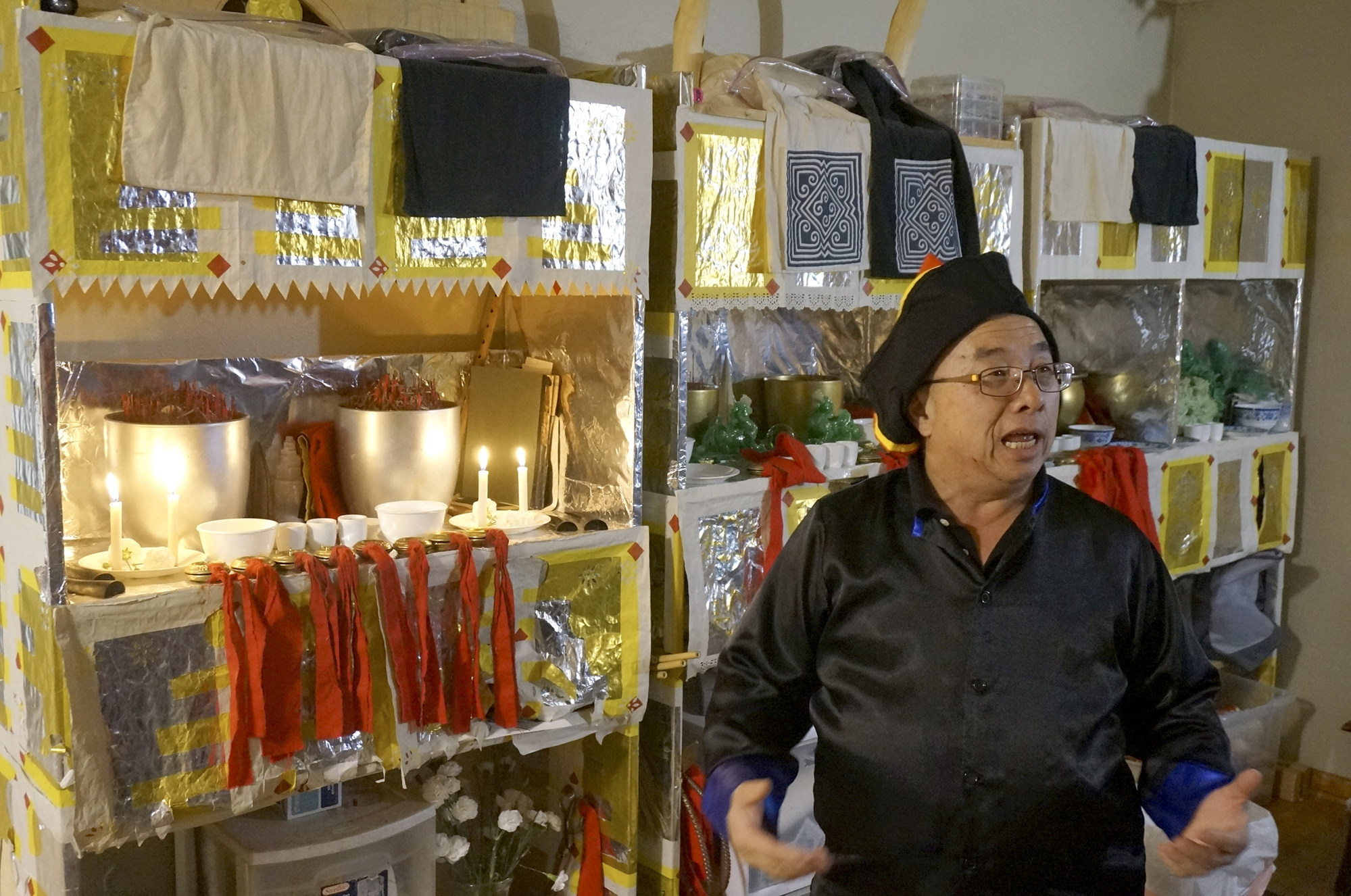In the US, Hmong ‘new year’ recalls ancestral spirits while teaching traditions to new generations
During new year, which is celebrated mostly in November and December among Hmong Americans, shamans send off their spirit guides to regenerate their energy for another season of healing. Male heads of households who embrace traditional animist practices perform soul-calling ceremonies, venerate ancestor spirits and invoke the protection of good spirits.
“A traditional Hmong home is not just a home, but also a place of worship,” said Tzianeng Vang, Vang Yang’s nephew, who came to Minnesota as a teen and grew up a Christian. He’s among the community leaders trying to divulge knowledge of these animist traditions so they won’t be lost for his children’s generation.
“You preserve it here or you have nowhere,” he said.
Persecuted as an ethnic minority in their ancestral lands in China, the Hmong fled first to the mountains of Cambodia, Laos and Vietnam. There, tens of thousands fought for the United States in the Vietnam War. When Communist regimes swept the region, they escaped to refugee camps in neighbouring Thailand and, starting in the mid-1970s, resettled largely in California farm country and Minnesota’s capital city.

Most the around 300,000 Hmong in the US are animists and believe that spirits live throughout the physical world. That includes multiple souls in a person – any of which can leave and needs to be ceremonially called back, said Lee Pao Xiong, director of the Centre for Hmong Studies at Concordia University in St Paul.
But many younger Hmong haven’t learned the spiritual significance of cultural traditions, even popular ones such as the Thanksgiving weekend dance, music and craft performances in one of St. Paul’s largest entertainment venues, Xiong said.
“It’s intricate, it’s not just ‘go to church and pray’. There are all these spirits to atone to. It’s about spirits that you have to appease,” said Xiong, who teaches classes about these traditions, which often include the ritual slaughter of cows, pigs or chickens as an offering or an exchange of spirits.
Is anti-Asian racism still a problem in US? Poll reveals 2023 trends
Is anti-Asian racism still a problem in US? Poll reveals 2023 trends
On a farm north of St Paul, Moua Yang runs the hog butcher shop he started working on with his father when he was a child. Community members can perform rituals on site before the animals are killed.
“To me, it’s a service to the community. Because they feel it’s for their well-being,” said Yang, who is Christian but employs up to 20 workers on weekends to field the dozens of requests for various Hmong ceremonies.
On a recent fall afternoon, Sai Vue took his three boys, ages 6, 4 and 3, to choose a pig there and have it slaughtered to pay back his ancestors for answering his request for help – though most of the nearly 90 kilograms of pork will also feed the family for two months.

Meat is especially important for new year dishes, since it was considered a rare delicacy and thus propitious for wealth in the agricultural Hmong society.
“It’s ingrained in me,” said Vue, who was born in St Paul. But he wants his boys to be comfortable with the spiritual customs, “so when they grow up it’s not a big surprise”.
That same day, the Hmong Village indoor market on the outskirts of St Paul was bustling with families scouring the stalls for embroidered clothing, headwear and jewellery pieces for the new year among the fragrances of herbs and tropical fruits imported from Southeast Asia and California.
As she bought pearl strings for dressmaking to take to her grandmother in their small Wisconsin town, Janessa Moua said she’s been studying Hmong since she enrolled in a Twin Cities university.
“I’m learning again what things in the house mean,” she said.
At a nearby stall full of pleated black-and-pink skirts and vests strung with silver ornaments, Thormee Moua beamed at her son, a freshman lugging bags bulging with new clothes for new year festivities at his school.
“I’m so happy they can be Hmong,” Moua said.
Educating youth in ancestral culture is a crucial aim of the Hmong Cultural Centre just down the street from St Paul’s capital, said its director, Txongpao Lee.
“They need to learn from parents and prepare for when they have children,” said Lee, who estimates about one-third of young Hmong have converted to Christianity. Acceptance of ancestral customs differs among church denominations, he added – his family’s Lutheran and Catholic members vary in participation in new year rituals.

Lee leads them for his household, though his wife, Hlee Xiong Lee, has been a shaman since she fell ill when pregnant with the fourth of her seven children. Shamans, like other traditional healers across cultures, often associate the revelation of their gift with life-threatening sickness, and believe they could die if they refuse the call.
Xiong Lee’s path to shamanism has been arduous, entailing rigorous training with a shaman mentor to learn how to communicate with the spirit world. But so was her journey to the US, arriving in a small Minnesota town as a 14-year-old refugee with no English-speaking skills, too embarrassed to ask for help getting a lunch ticket on her first day of school.
She’s proud of how her own children wear string bracelets and effortlessly explain to inquisitive teachers or classmates they’re meant to tie the family to protecting spirits.
“They’re good at adapting to my tradition and American tradition,” she said.
Kevin Lee, a shaman’s son who says he also first started experiencing spiritual energies when he was five, similarly has had to navigate a regular childhood in St Paul with his ability to connect with good and bad spirits “on the other side”.
“Kids would be like, ‘this guy is weird’. For me, it was just another day,” he said in front of the three living-room altars in the house he shares with his parents and brother.

They will be redecorated with new paper designs for the new year after his father, Chad Lee, finishes helping his shaman mentees and has time to send off his shaman spirit for a much-deserved break – short, though, because up to half-a-dozen people call for his help each day. Last year, his “angel” got only three days off, the older Lee said.
“The spiritual world is confusing, but once you find a path, everything is natural,” Chad Lee said.

